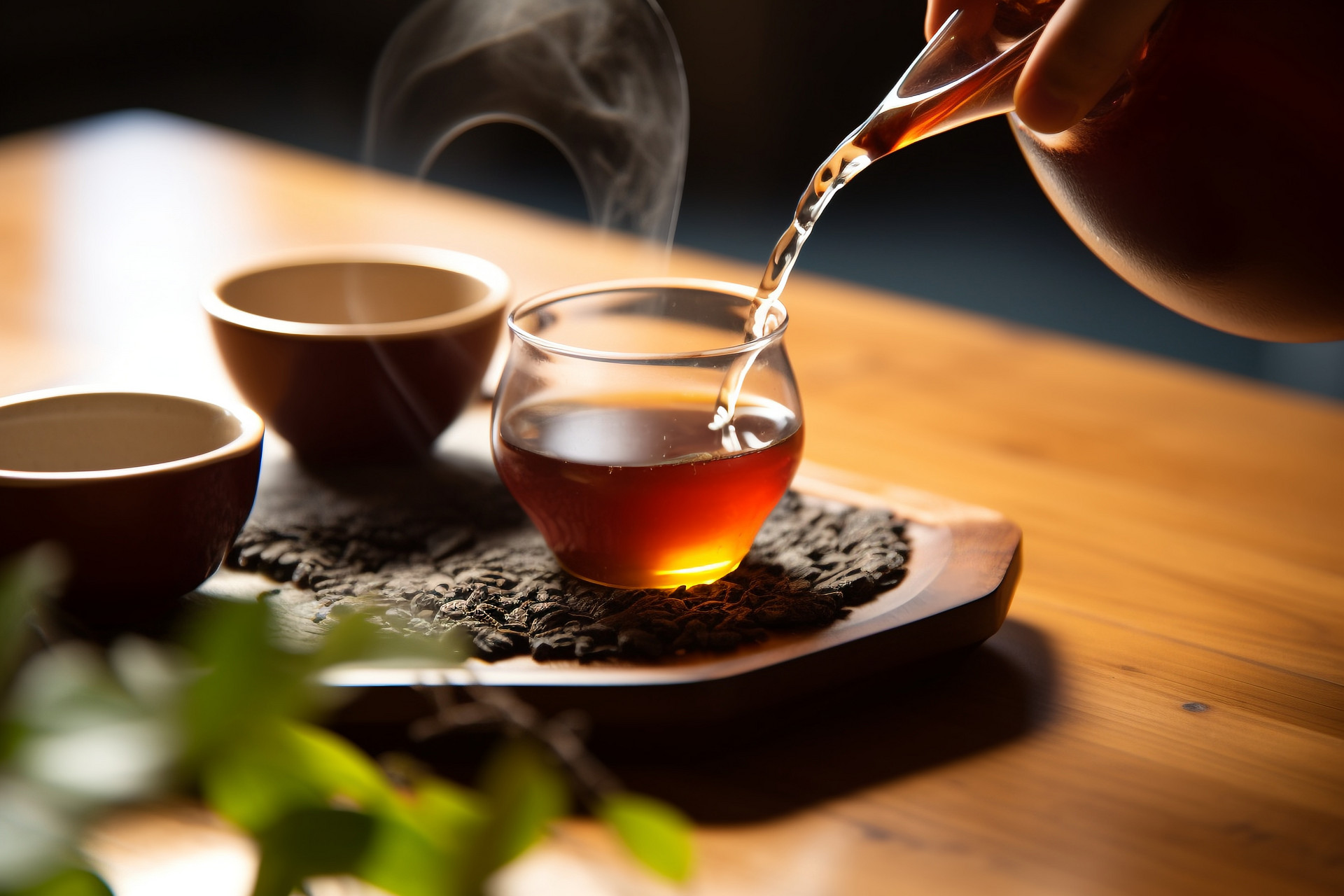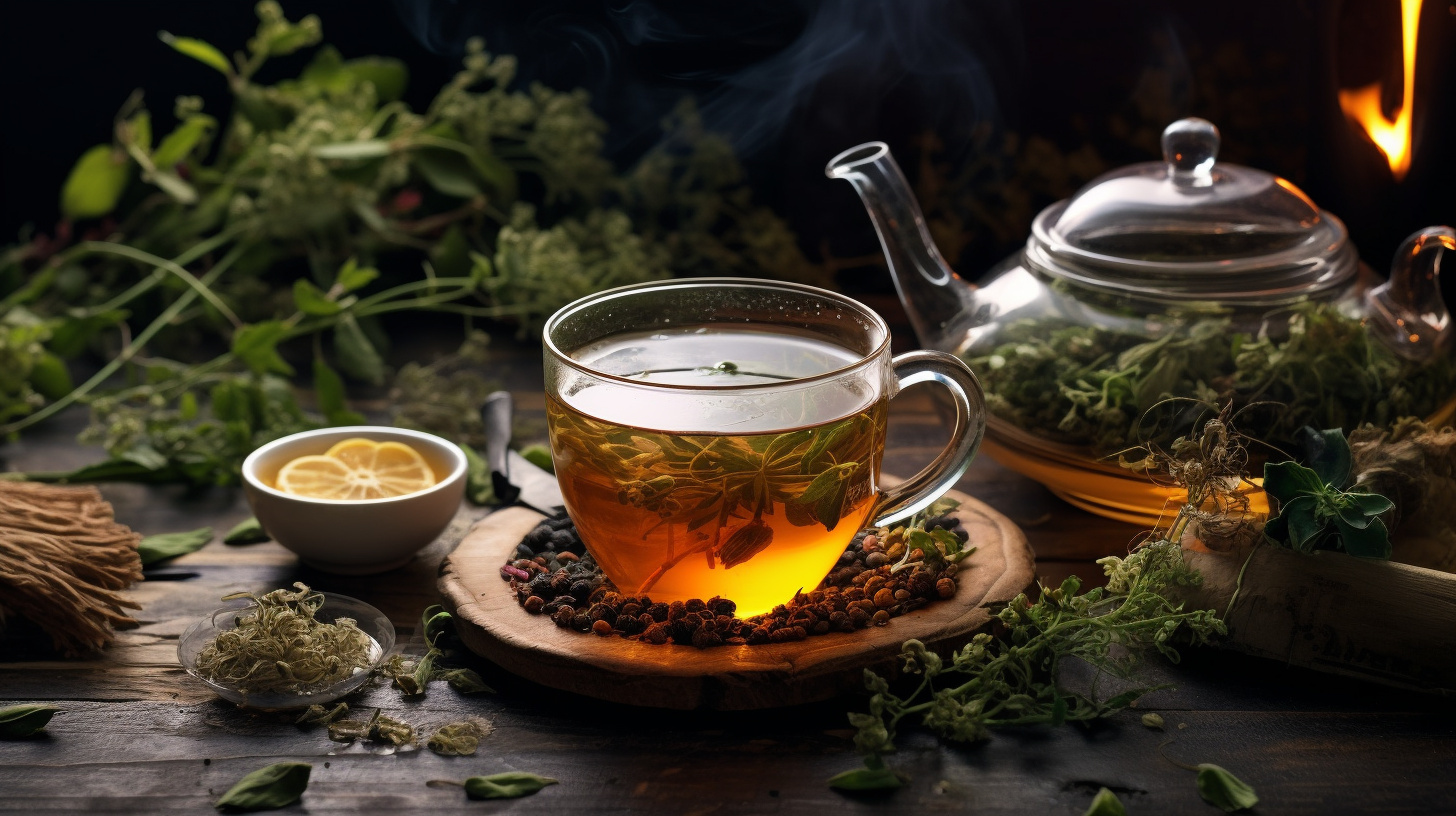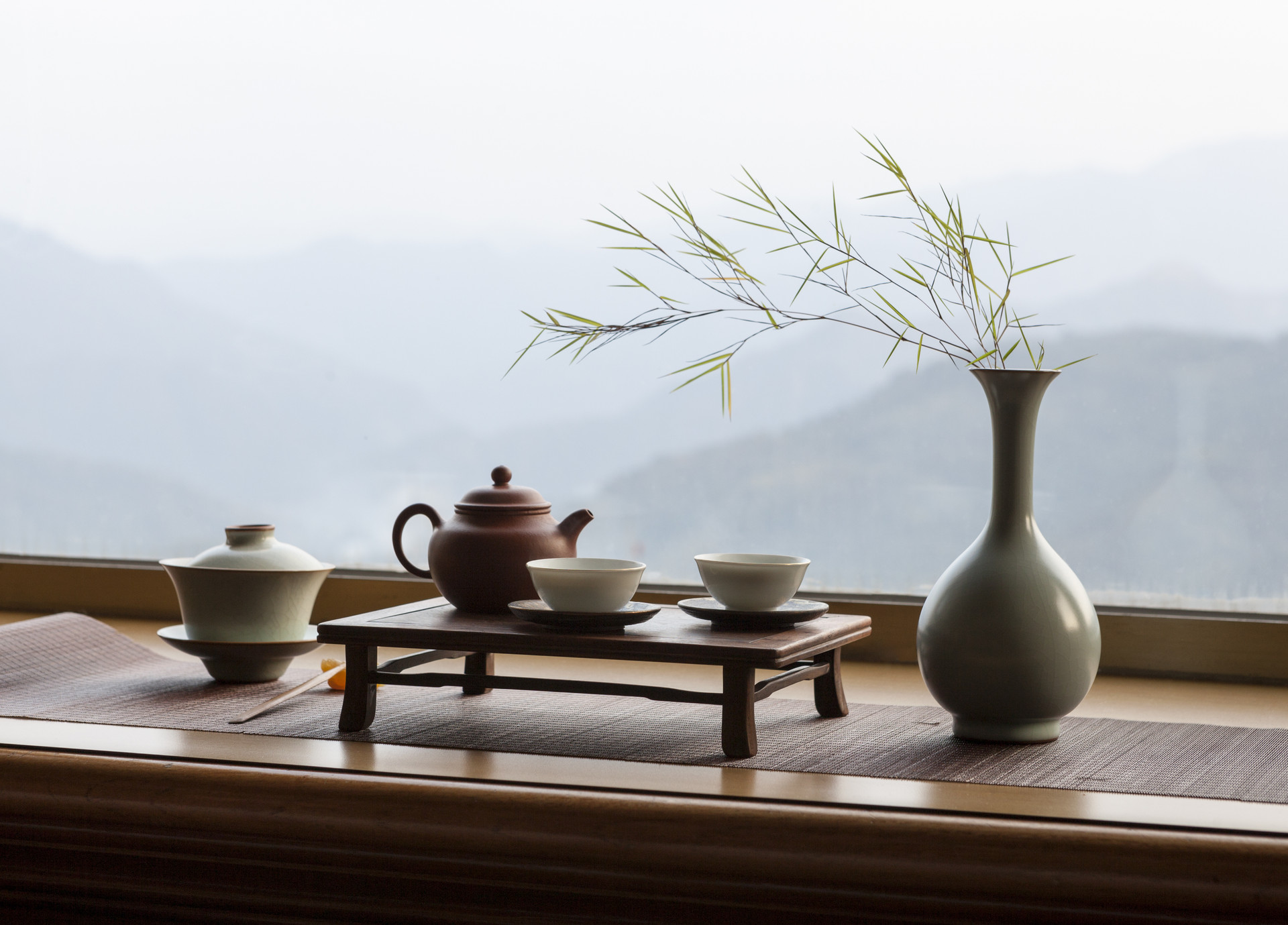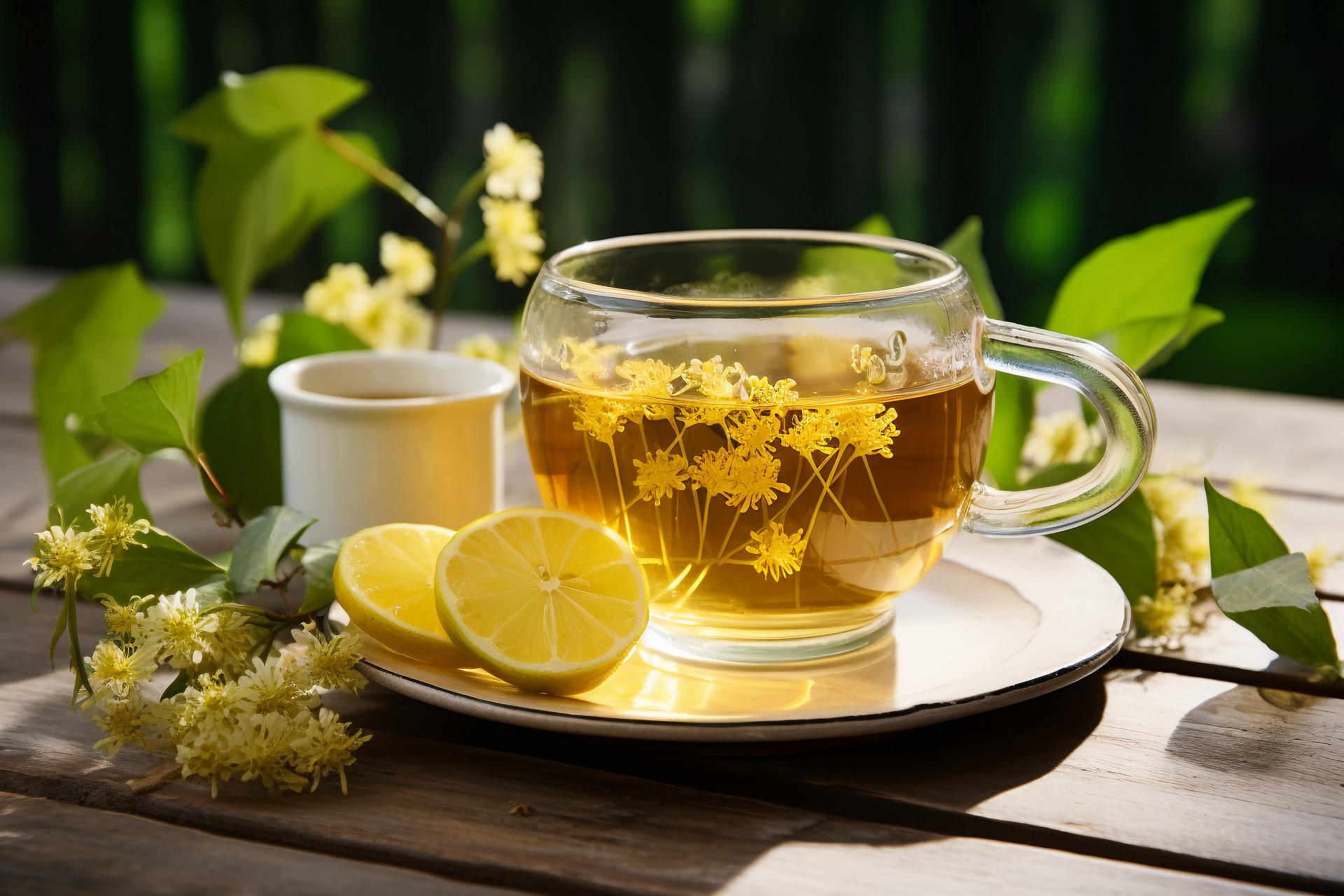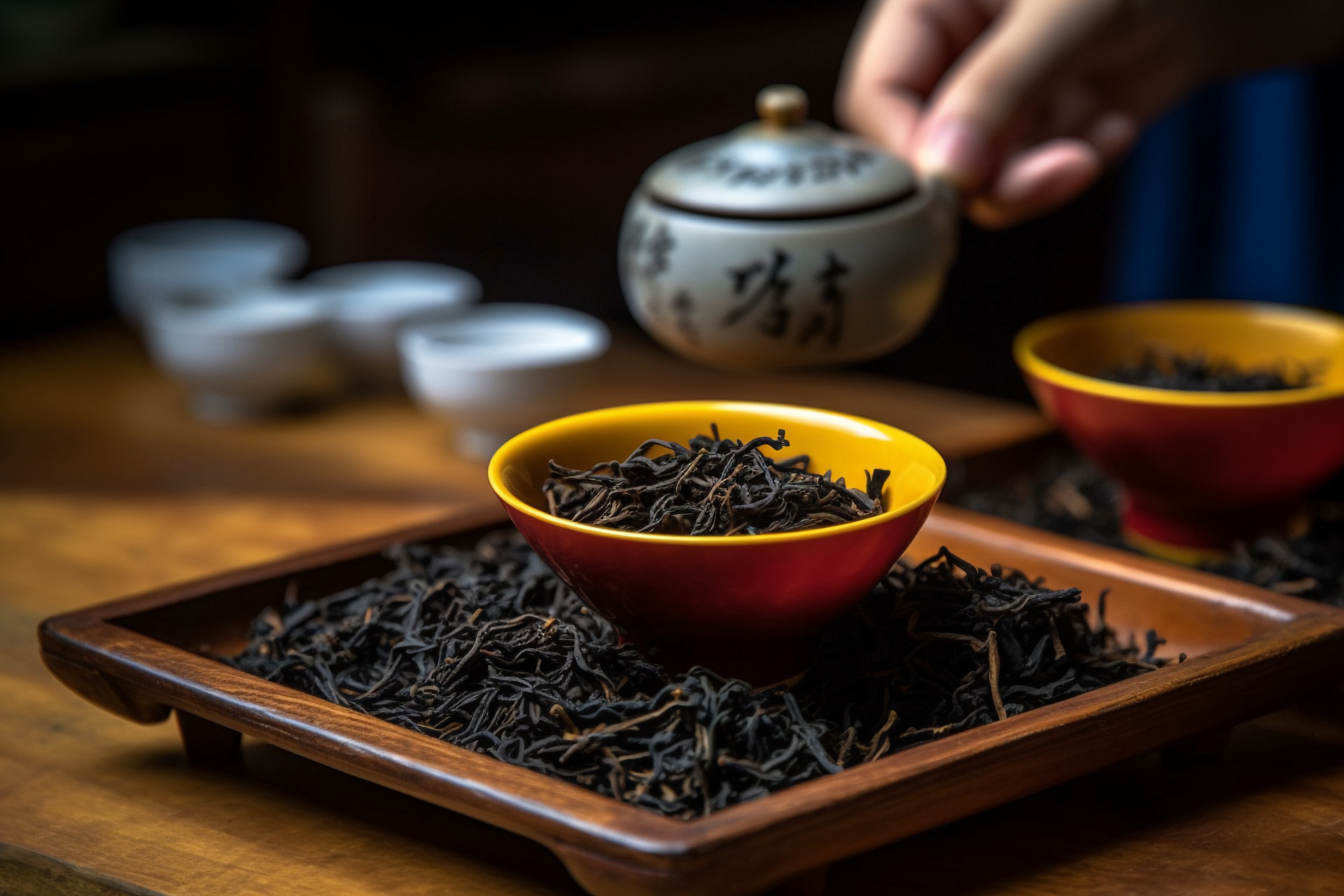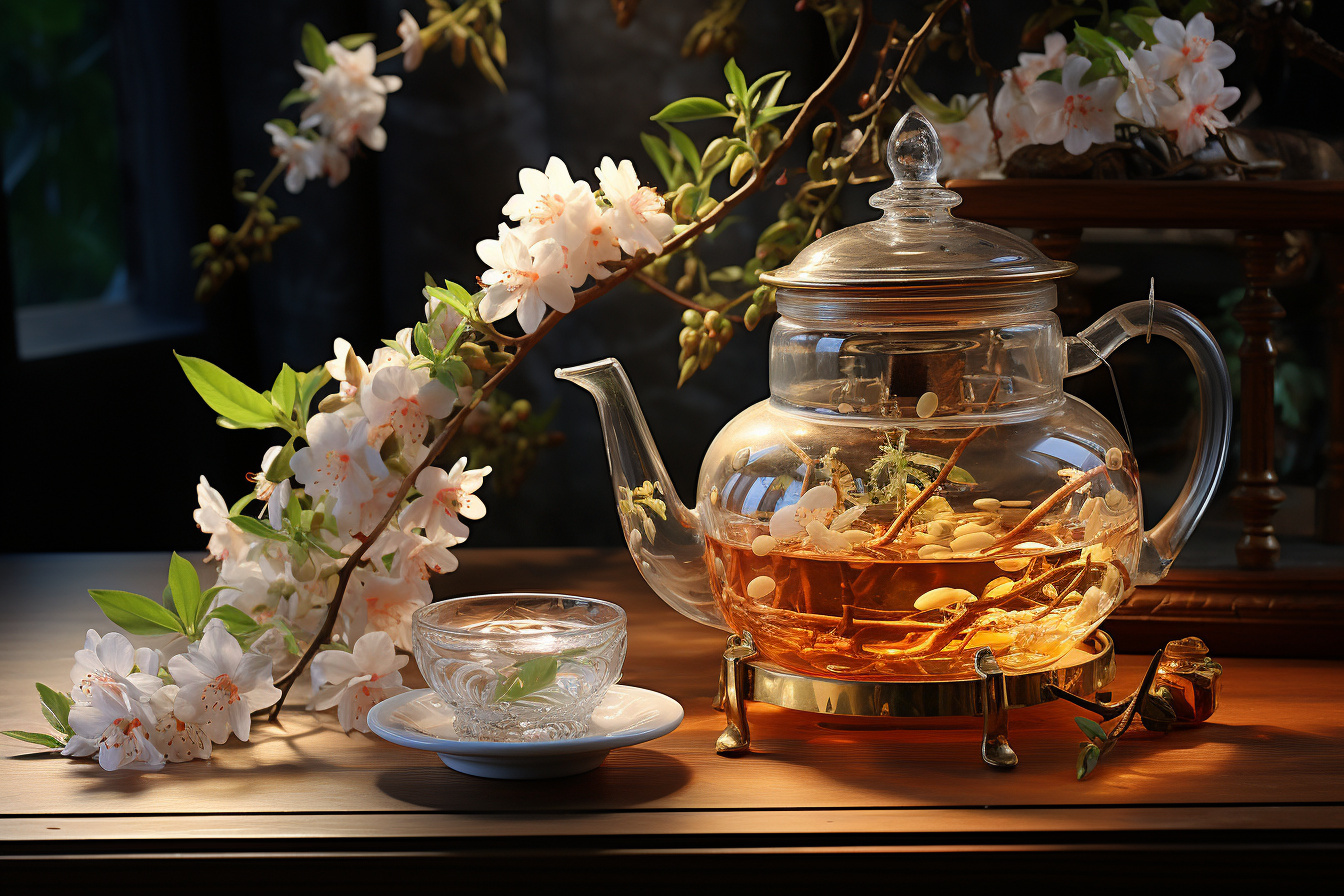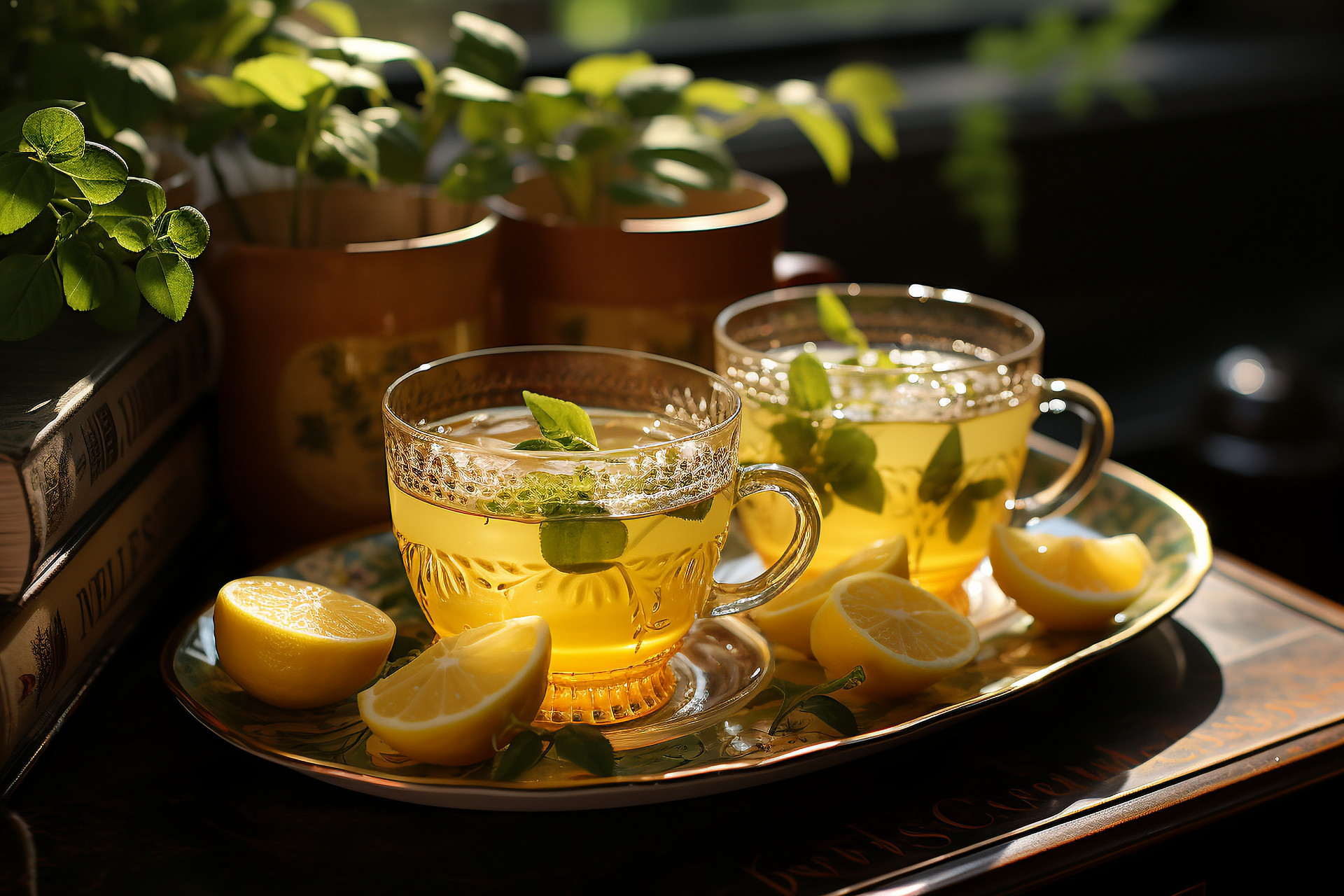Chinese people enjoy tea and emphasize the concept of "appreciating" it. Taking the time to brew a pot of strong tea, finding a quiet and elegant place, and sipping it slowly can help eliminate fatigue, invigorate the spirit, and achieve a sense of aesthetic enjoyment, elevating the spiritual world to a noble artistic realm. Many people are enthusiastic about the art of tea, not only appreciating the taste of tea, but also enjoying the pleasure of the tea-making process. Each type of tea has its own uses.
【The Wonderful Uses of Various Medicinal Teas】
1. Sugar Tea
Take 2 grams of tea leaves and 10 grams of sugar, steep them in a cup of hot water for 5 minutes, and drink it after each meal. It can help warm the stomach, invigorate the spleen, and strengthen the qi. It is suitable for constipation, cold and pain in the lower abdomen, and menstrual pain in women.
2. Salt Tea
Take 3 grams of tea leaves and 1 gram of table salt, steep them in hot water for 7 minutes, and drink it 4 to 6 times a day. It can improve eyesight, reduce inflammation, and dissolve phlegm. It is suitable for colds, coughs, sore eyes, toothaches, etc.
3. Ginger Tea
Take 7 grams of tea leaves and 10 slices of fresh ginger. Boil the peeled ginger slices with tea leaves to make a decoction, and drink it after meals. It can induce sweating, relieve surface symptoms, and warm the lungs and stop coughing. It is quite effective for influenza, typhoid fever, and cough.
4. Honey Tea
Take 3 grams of tea leaves and 2 milliliters of honey, and brew them with warm water after meals. It can help stop diarrhea, nourish the blood, moisturize the lungs, and benefit the kidneys. It is suitable for constipation and indigestion.
5. Porridge Tea
Take 100 grams of rice and 6 grams of tea leaves. First, brew the tea leaves with boiling water for 6 minutes, then filter out the tea leaves, and cook the rice into porridge. It can help invigorate the stomach and eliminate accumulation.
【Tea Brewing Methods】
1. Rinse the teapot with hot water. Pour hot water into the teacups to warm them. Fill the teapot with tea leaves, about one-third of the height of the teapot. Pour half a pot of hot water to rinse the tea leaves, then immediately pour out the water, leaving only the tea leaves in the teapot.
2. Pour hot water into the teapot until it overflows into a larger container. There should be no bubbles in the water in the teapot. This soaking process should not last too long, ideally not exceeding 30 seconds.
3. Pour the brewed tea into cups to drink within one minute, constantly rotating the teapot while pouring. Each cup of tea should have the same color, aroma, and taste. The purpose of the prepared tray is to catch the overflow of water during this step.
4. After finishing a round of tea, add water to the teapot and brew again for continued drinking. One batch of tea leaves can be brewed 4 to 5 times, but the later brews should be slightly longer to extract the flavor as much as possible: about 10 to 40 seconds for the second brew, about 45 seconds for the third brew, and so on.
【The Effects of Tea】
Tea has medicinal effects for health and treating illnesses, as well as providing appreciation and artistic enjoyment. Tea tasting and entertaining guests are elegant forms of entertainment and social activities for Chinese people, while tea houses and tea parties are social group activities. Chinese tea art is highly renowned worldwide, and it was introduced to Japan during the Tang Dynasty, forming the Japanese tea ceremony.
The tradition of drinking tea began in China. Tea leaves are brewed with boiled water, following the natural flow, and are enjoyed for their inherent taste. The focus is on the artistic conception. This is the characteristic of Chinese tea tasting. Tea brewed from the same quality tea leaves can have different effects depending on the water used, the teaware, or the brewing technique. China has always attached great importance to brewing tea and has accumulated rich experience. To brew good tea, one must understand the characteristics of various types of tea leaves and master scientific brewing techniques to fully bring out the inherent quality of the tea leaves.


![[The Risks of Eating Hawthorn During Pregnancy]](https://tcmmaintenance.com/uploads/20240715/97742b67f97f94c495ae1389337c5c41.jpg)
